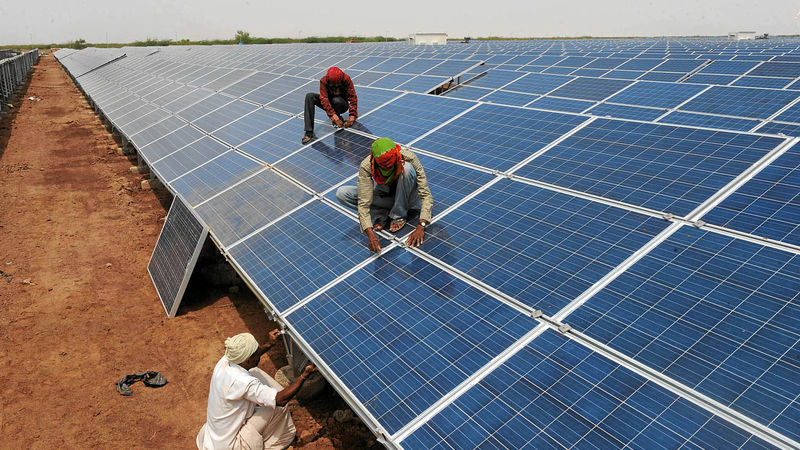According to a plan presented at the United Nations climate summit in Egypt, South Africa could produce more than five million tonnes of green hydrogen per year by 2040. This step will catapult the world’s 13th-largest polluter into a greener future. Hopefully.
The plan calls for annual production of 10 million tonnes by 2050. It also plans the creation of a $20 billion local market employing approximately 50,000 people.
Green hydrogen is one of the solutions
Green hydrogen, created by splitting water into hydrogen and oxygen using renewable energy, is seen as critical in the world’s shift away from fossil fuels. Also, it is a part of a three-pronged approach South Africa is taking to reduce carbon emissions.
The other two are replacing their aging coal plants with solar and wind power, as well as kicking off an electric vehicle revolution.
It is, however, a monumental task for a country that is still debating when to retire coal plants.
The political situation in South Africa is currently precarious. Chris Yelland, managing director, and energy analyst at EE Business Intelligence says South Africa really needs some policy, regulatory, and planning certainty.
The government estimates that achieving its green hydrogen goals will necessitate up to 100 gigatonnes (GW) of additional solar or wind power capacity, as well as an investment of nearly $133 billion.
South Africa needs to double its renewable capacity
According to Boston Consultancy Group, South Africa will need to build 6-7 GW of renewable capacity per year for the next two decades. That is up from the current total of 6 GW.
Margo-Ann Werner, environmental law director at Cliffe Dekker Hofmeyr says it’s possible. The main reason for that is South Africa’s renewable resources are world-class – it has solar radiation and enough wind.
She also stresses that everything is truly about the regulatory environment. The country has to deal first with electricity generation, pipelines for distribution, converting port facilities, and so, if South Africa is really committed to becoming green.

